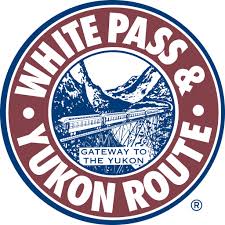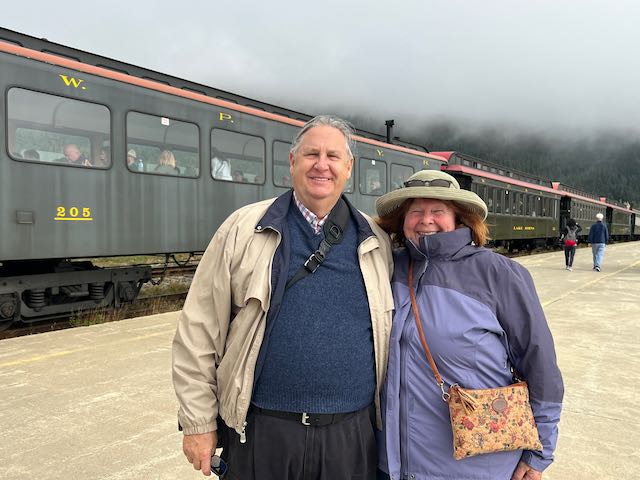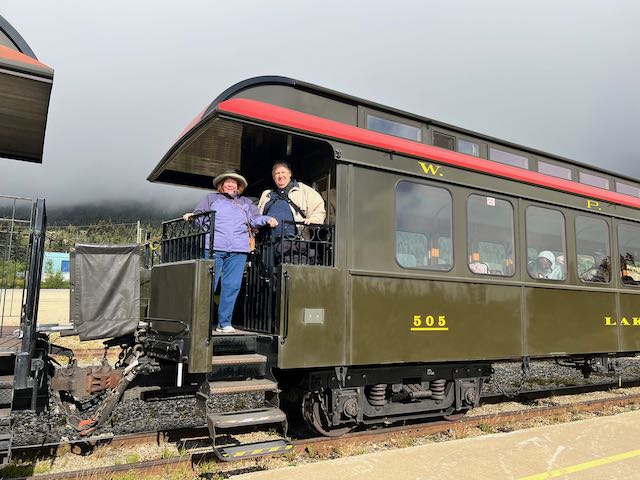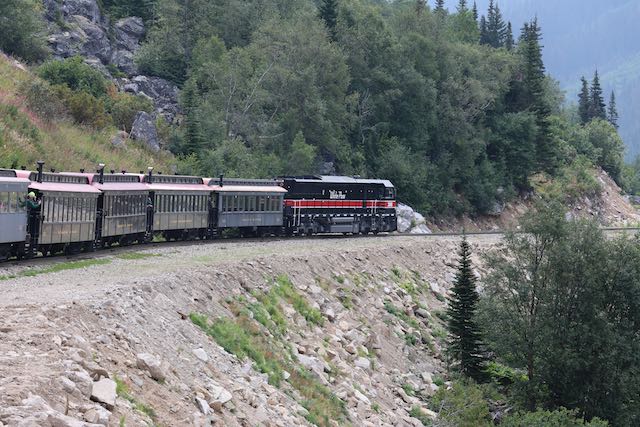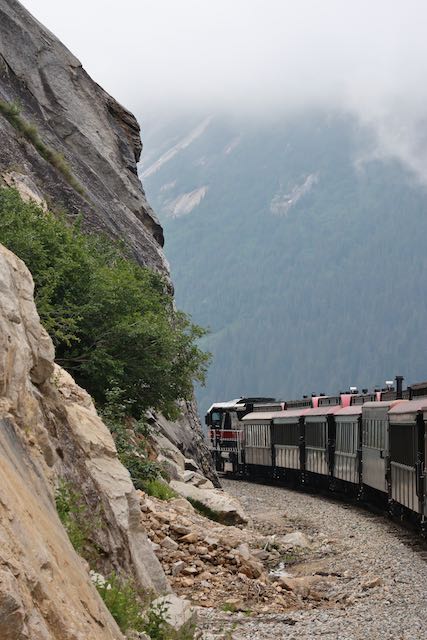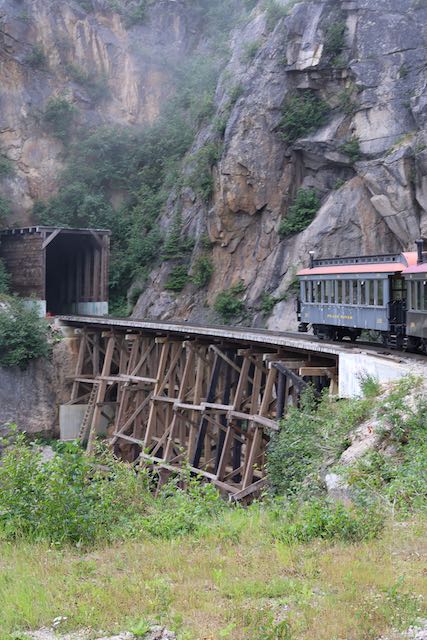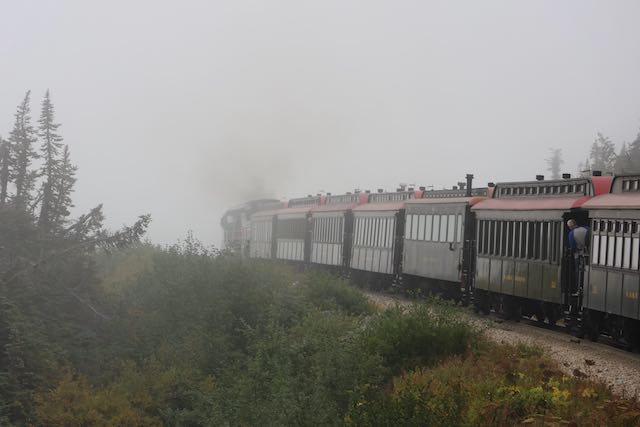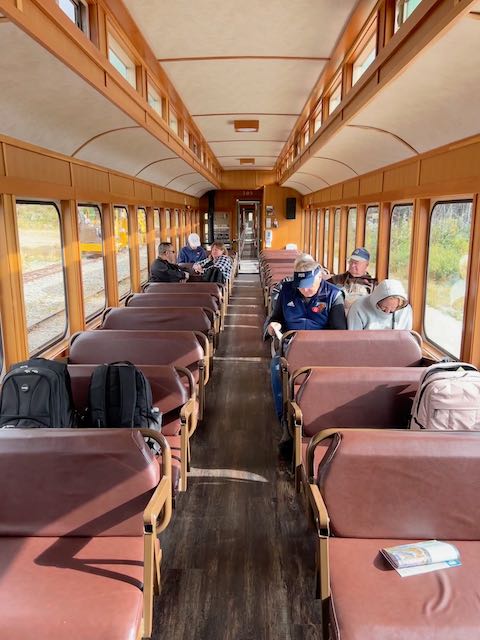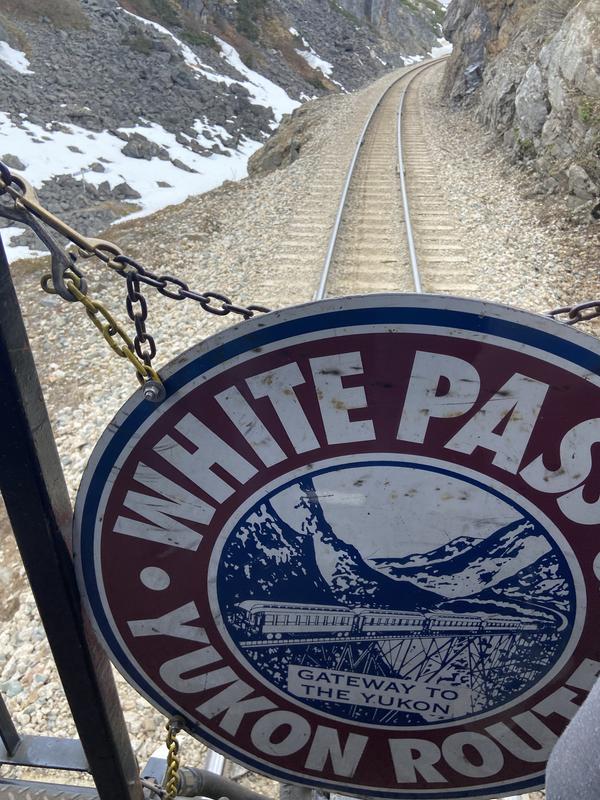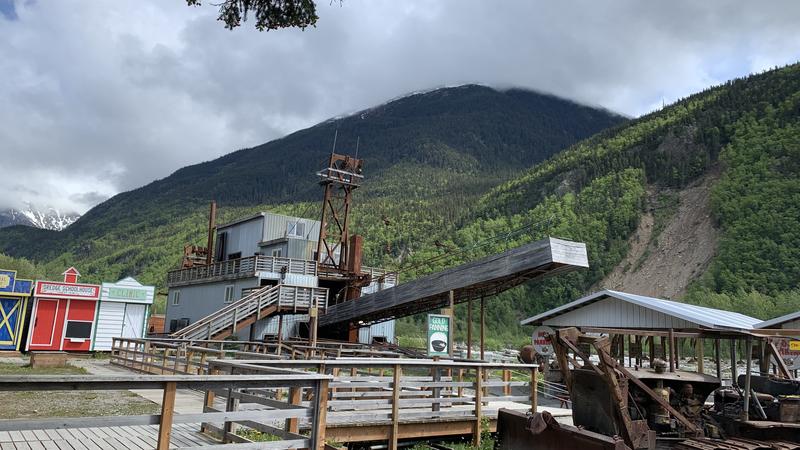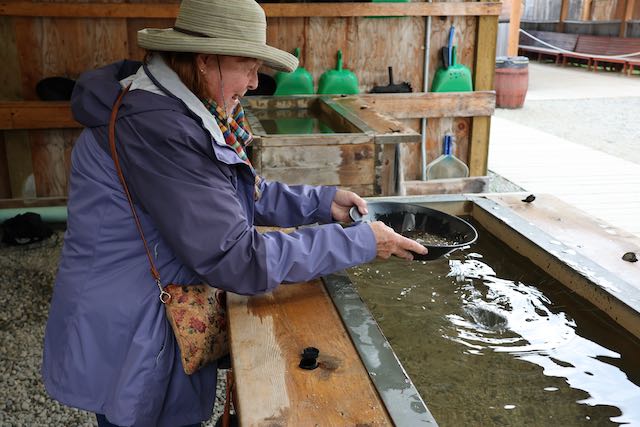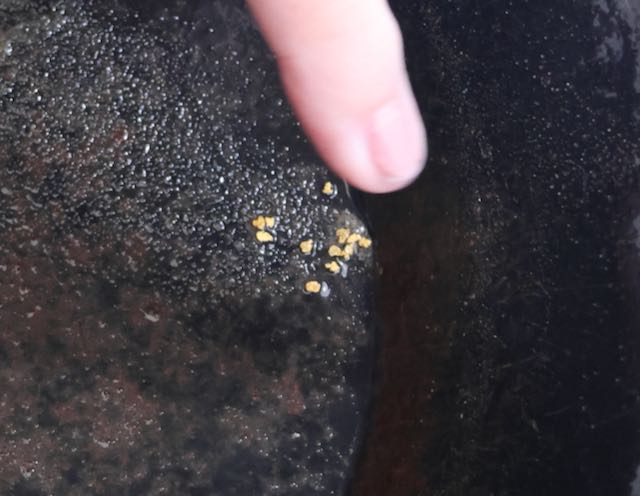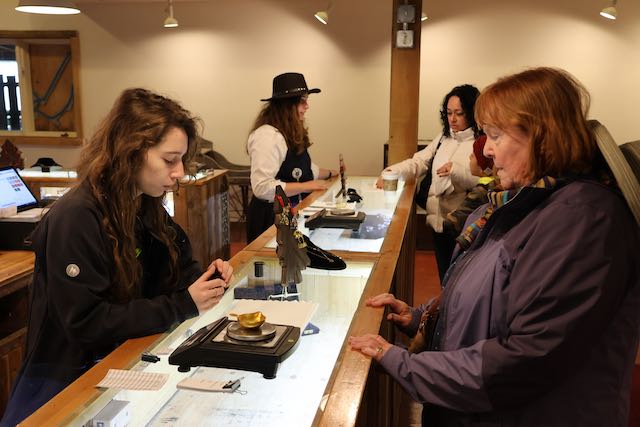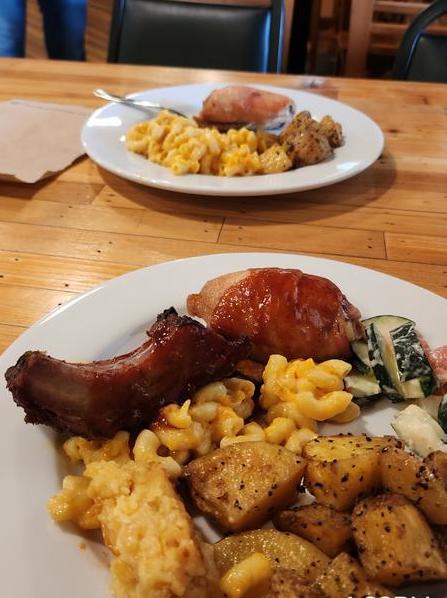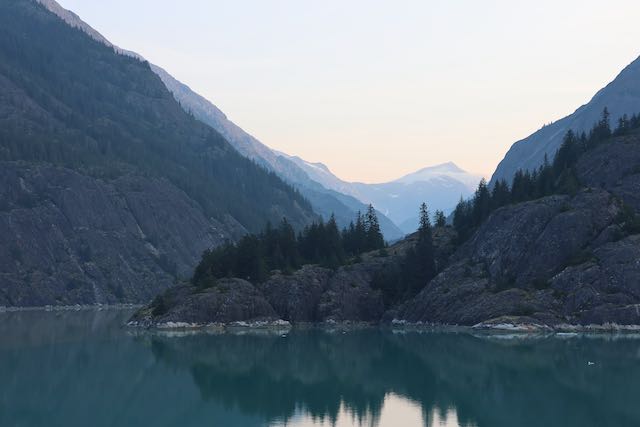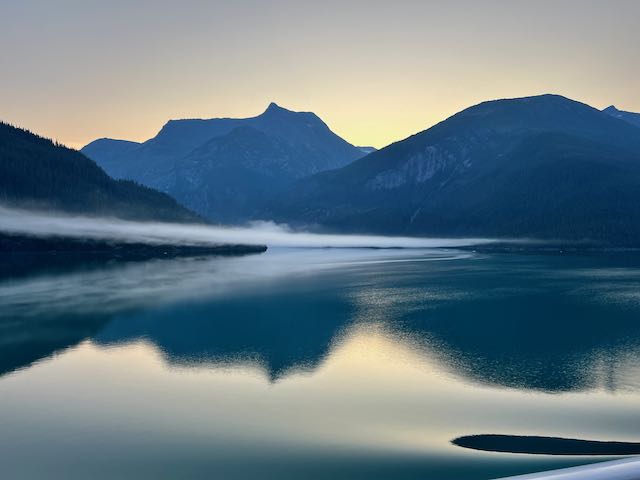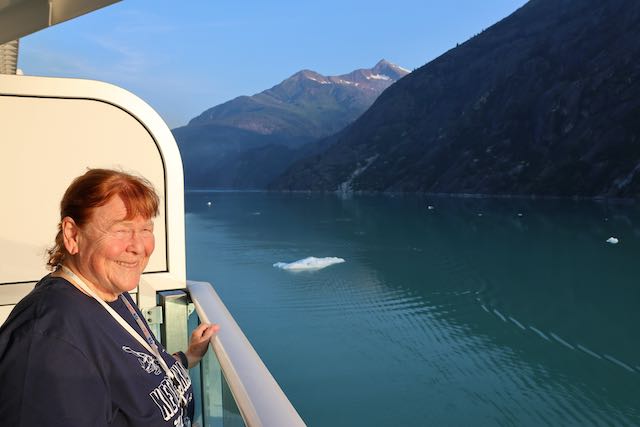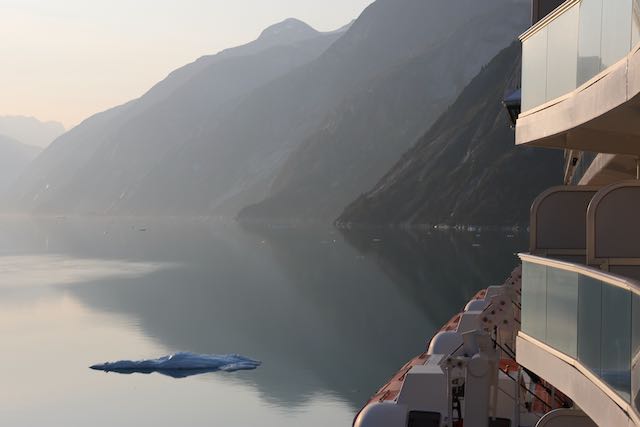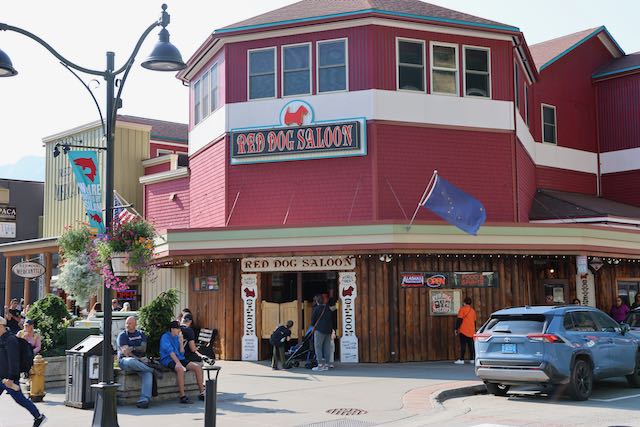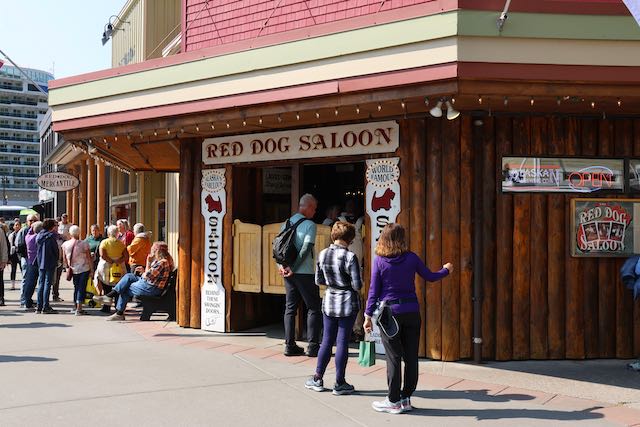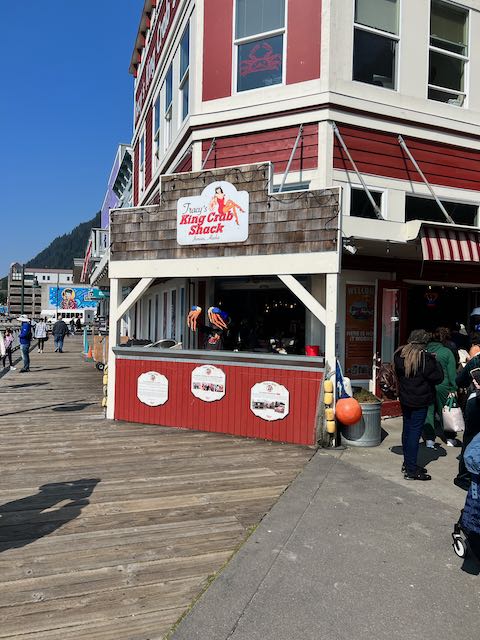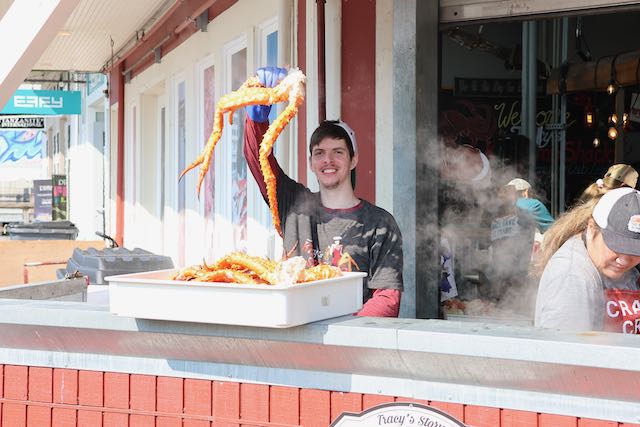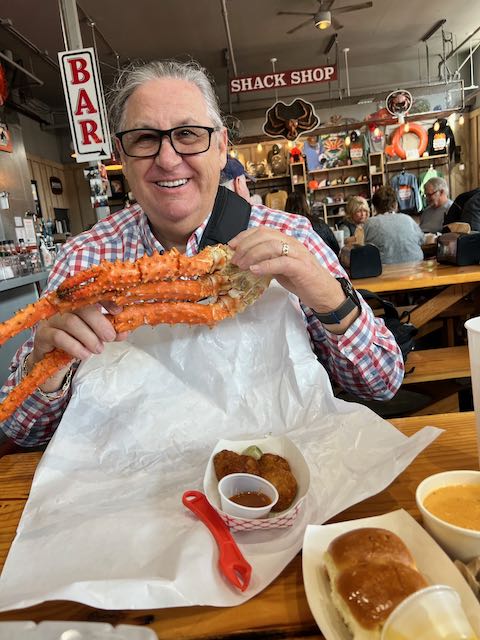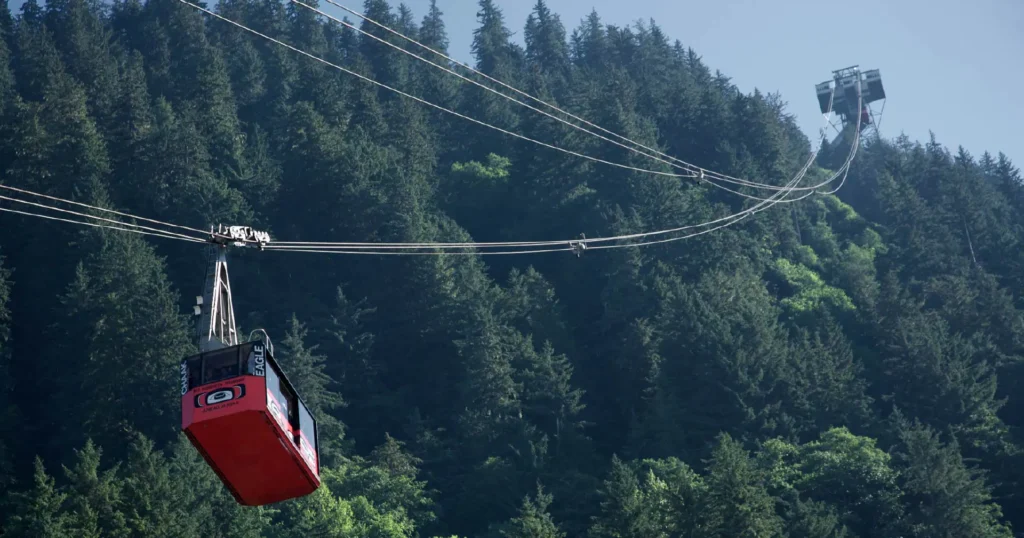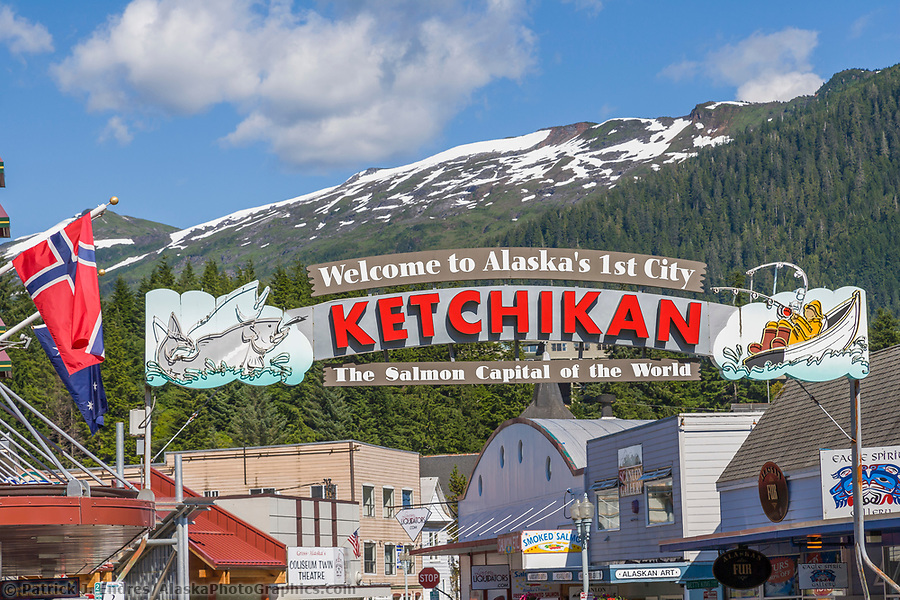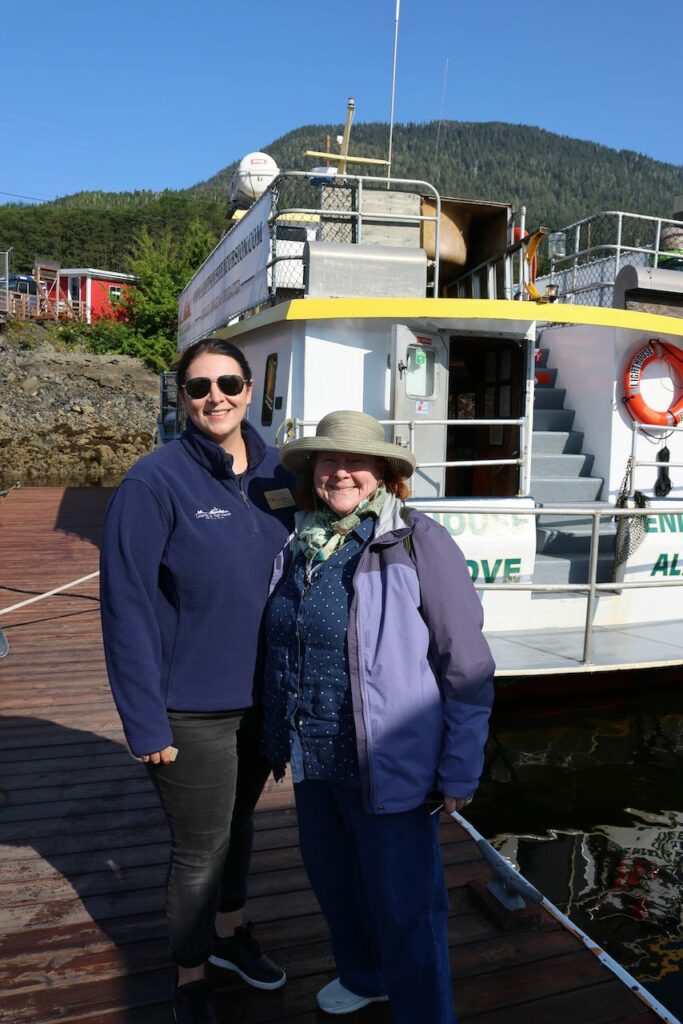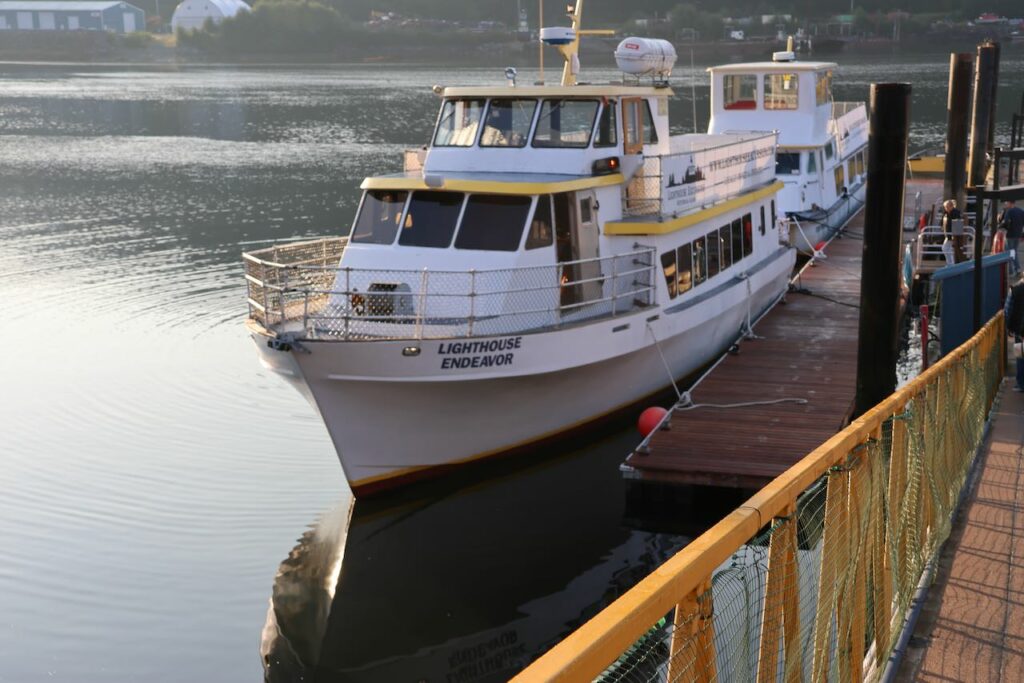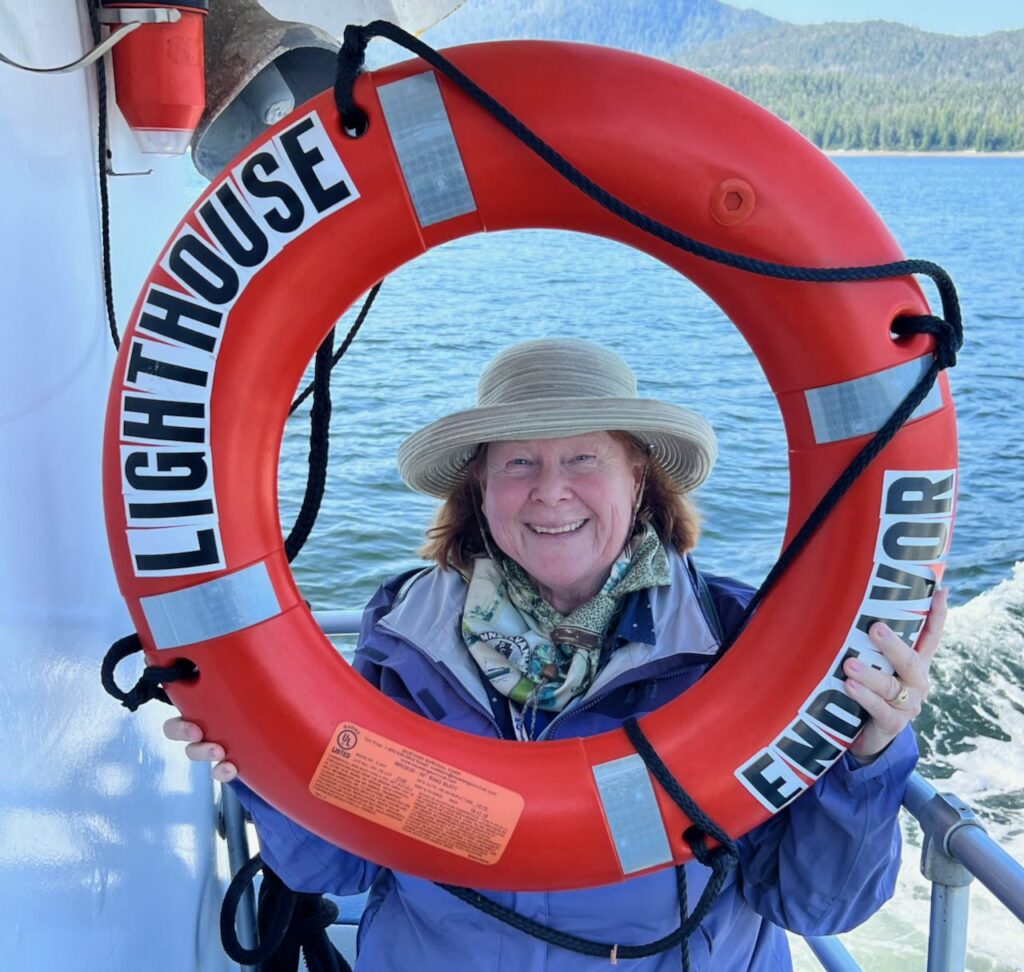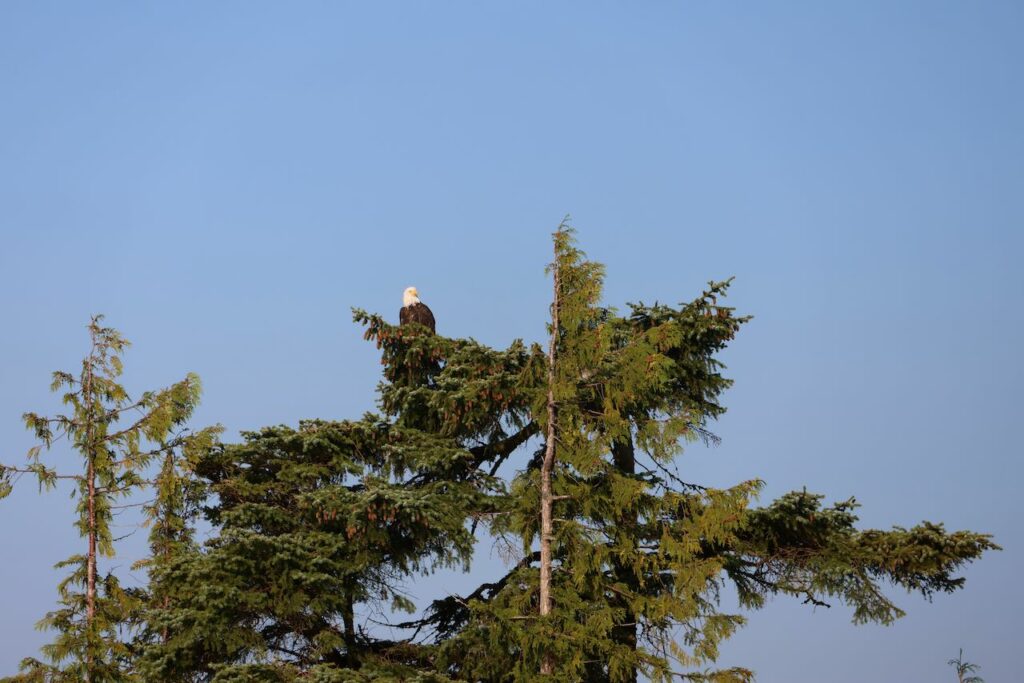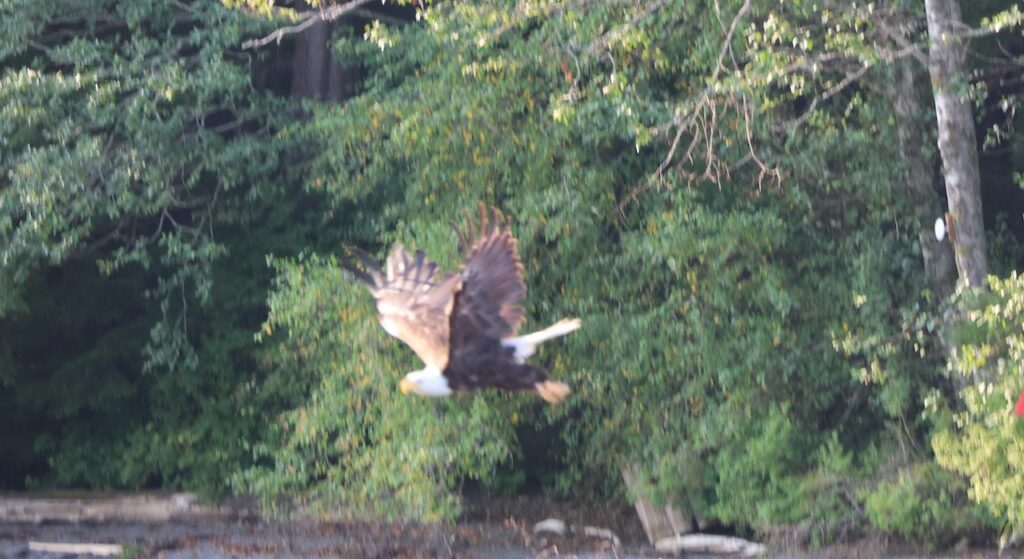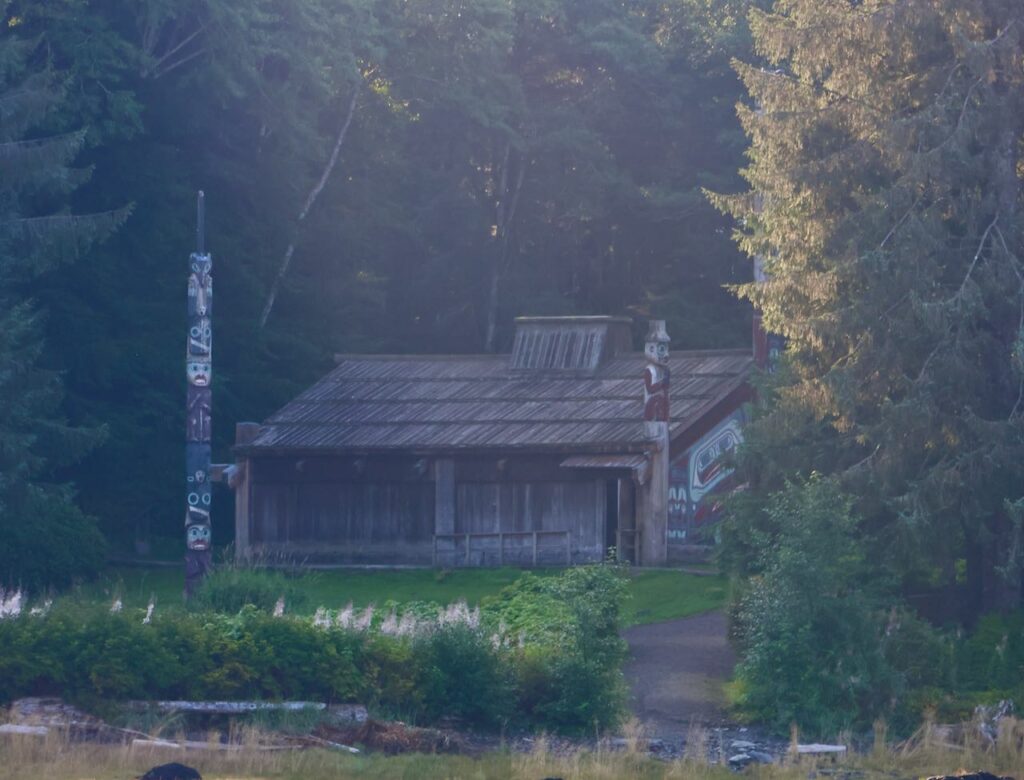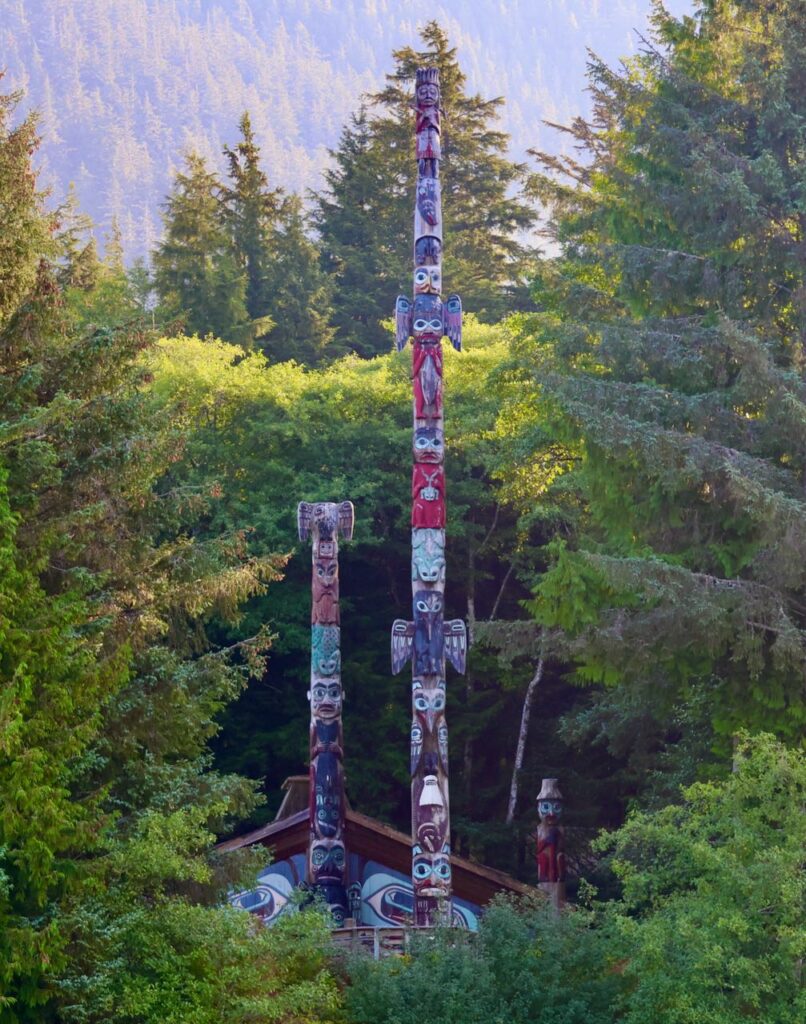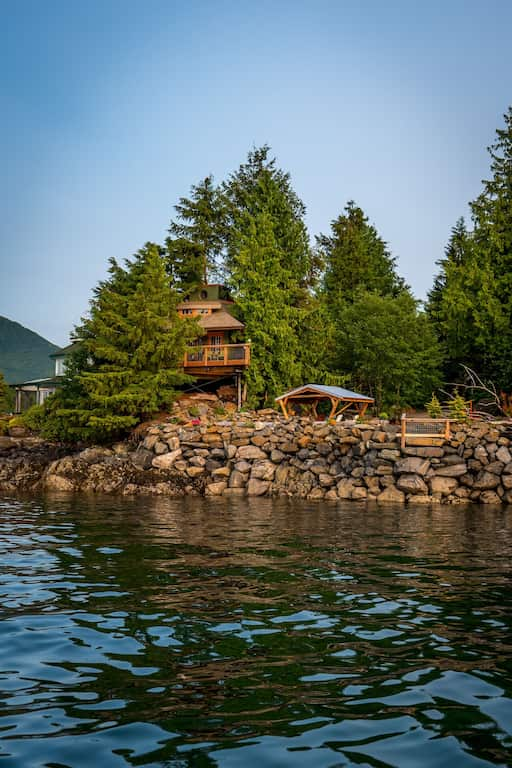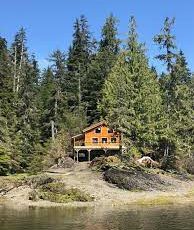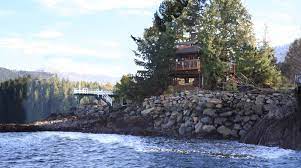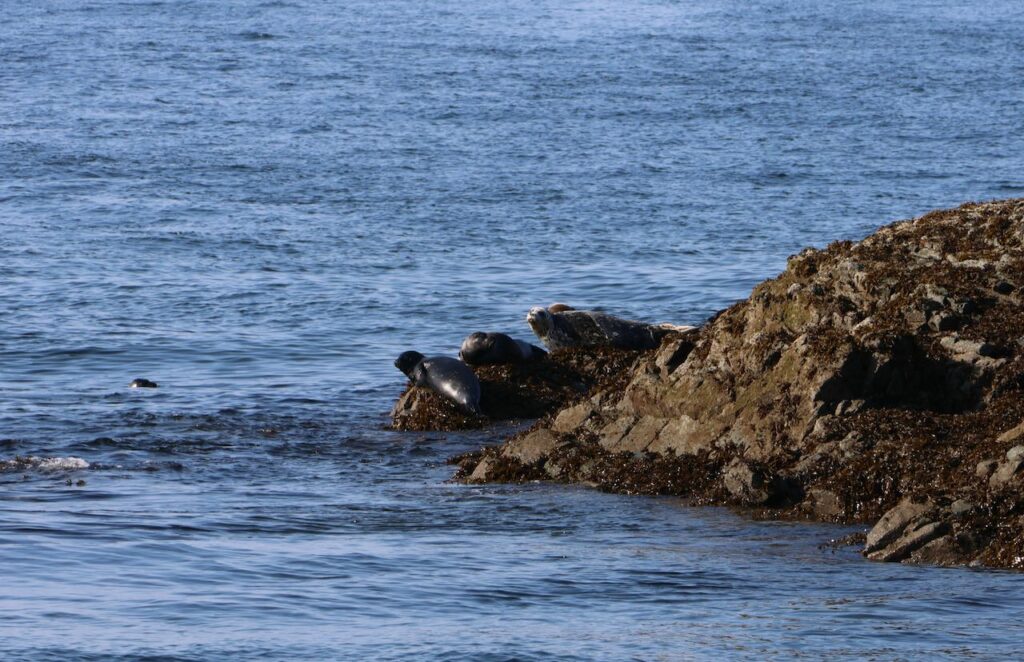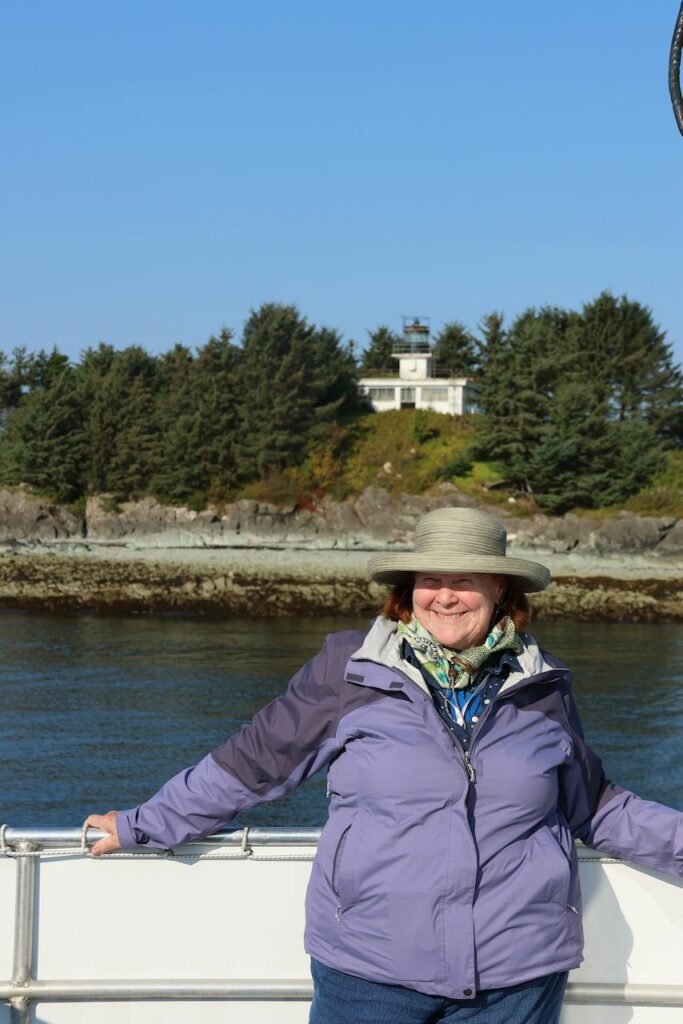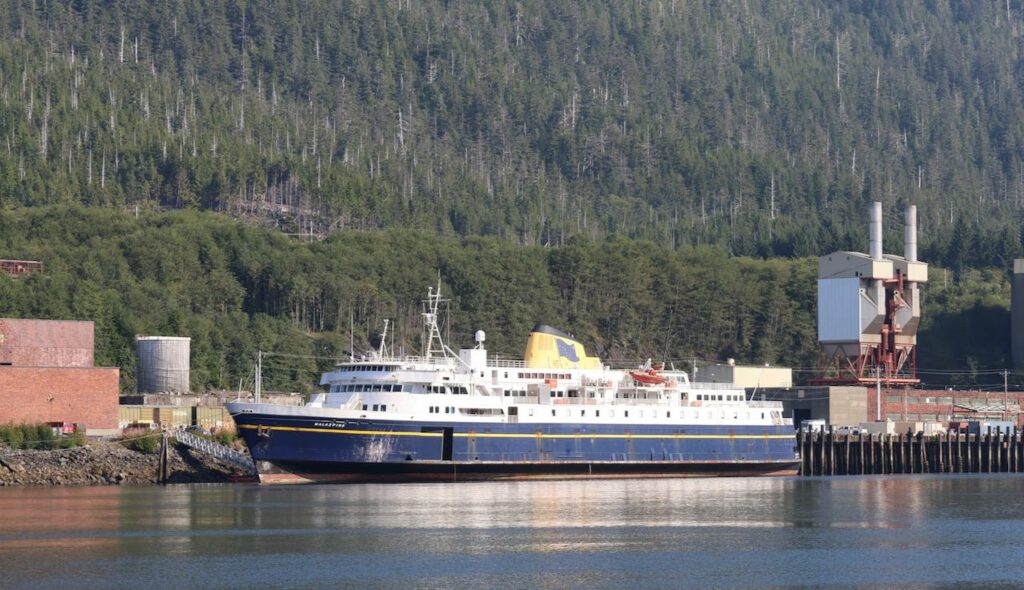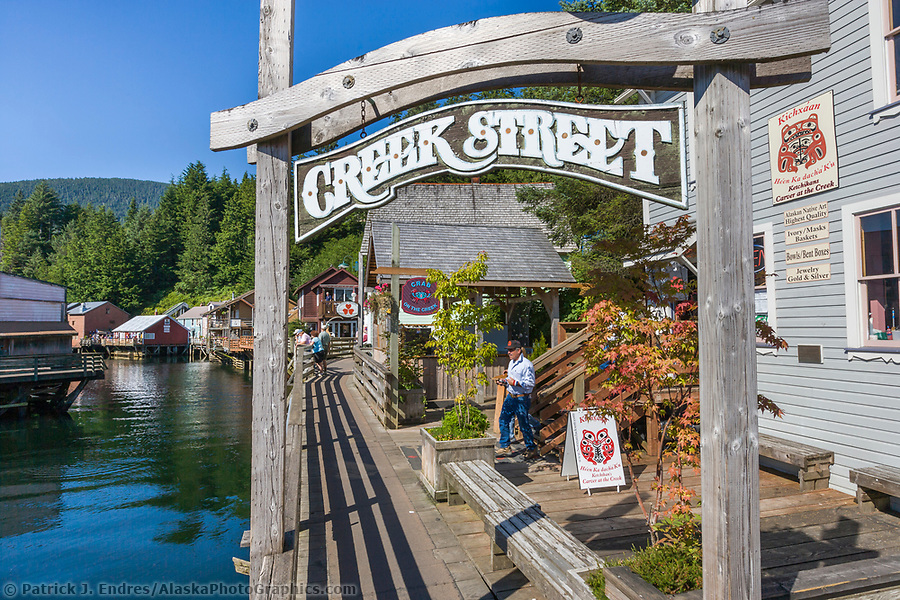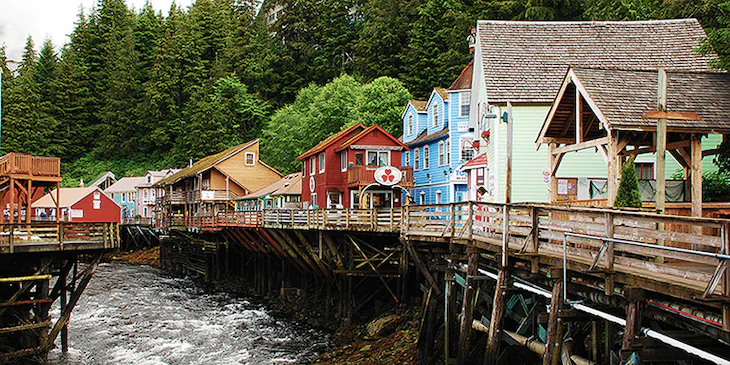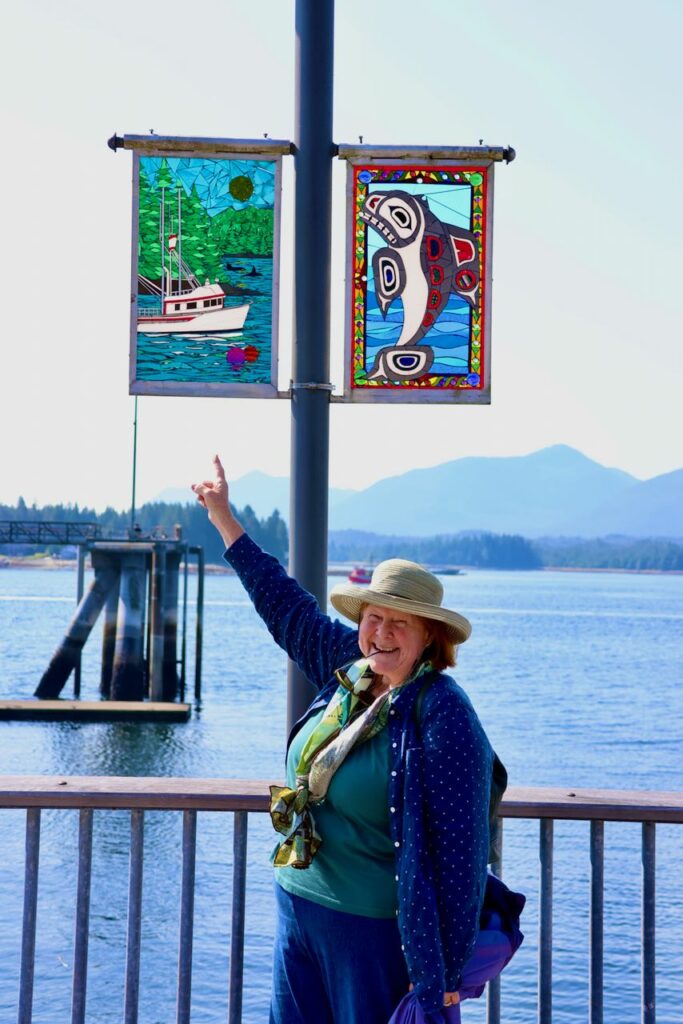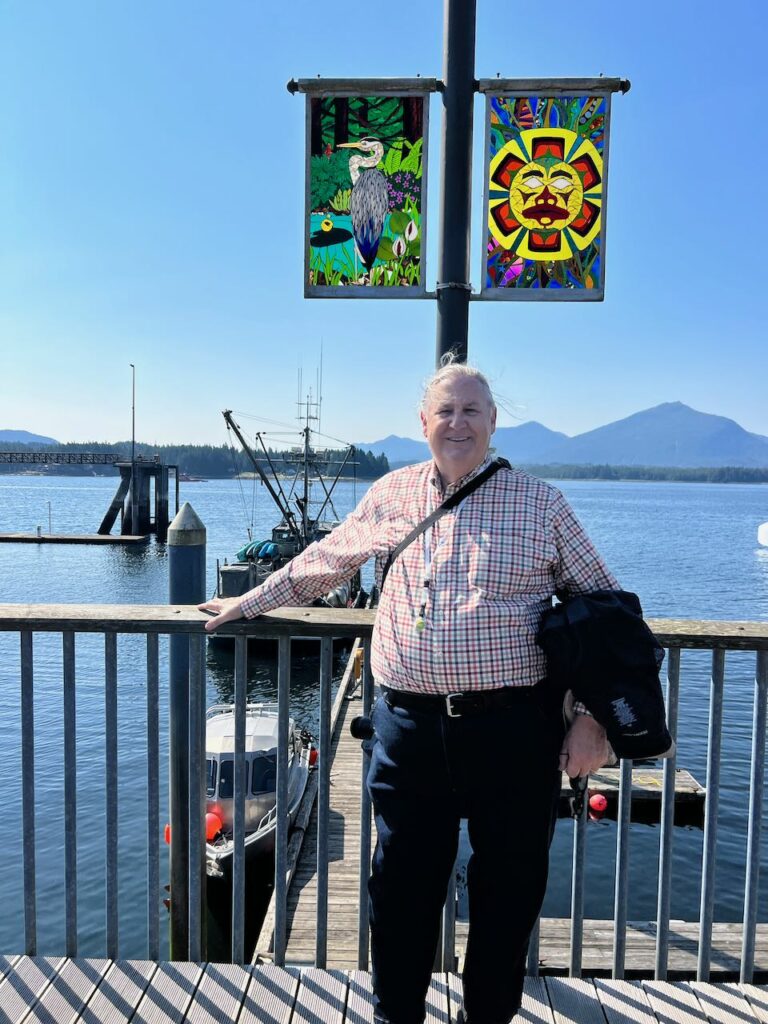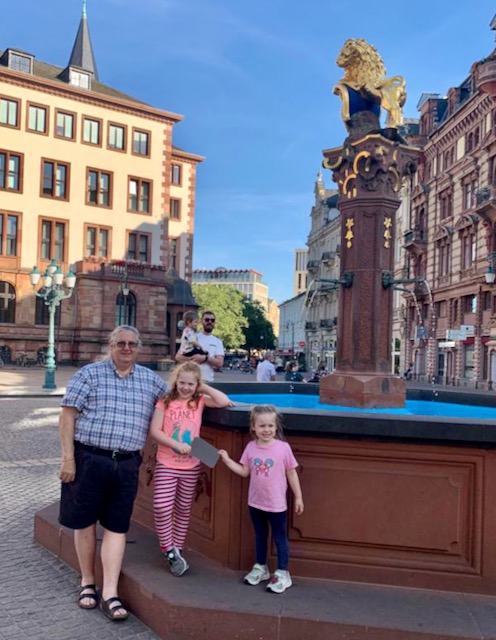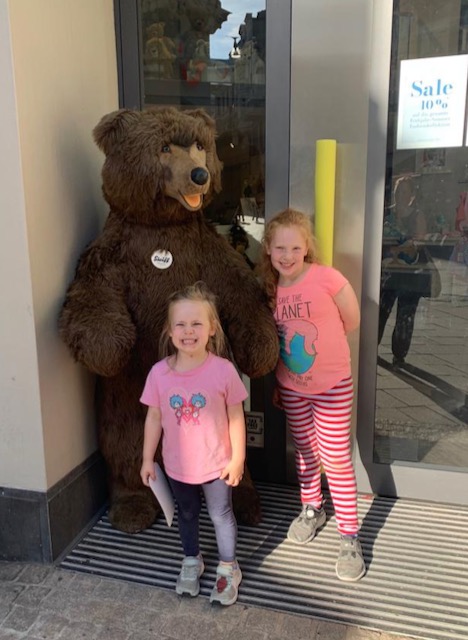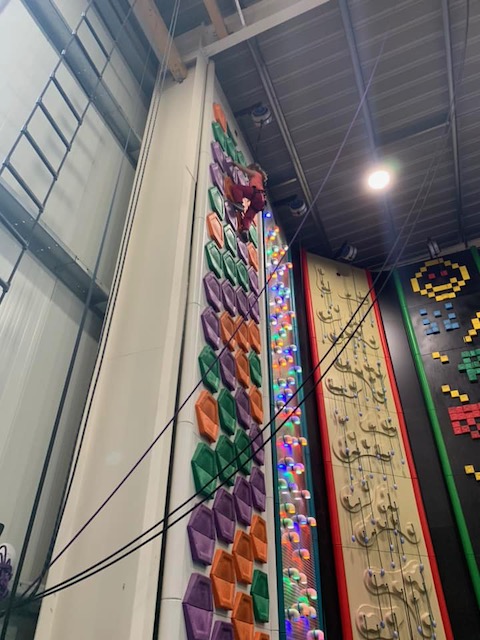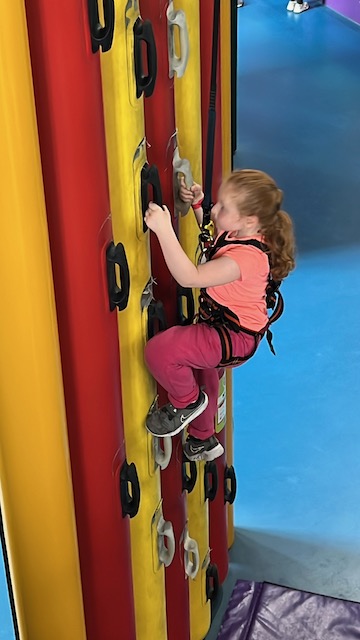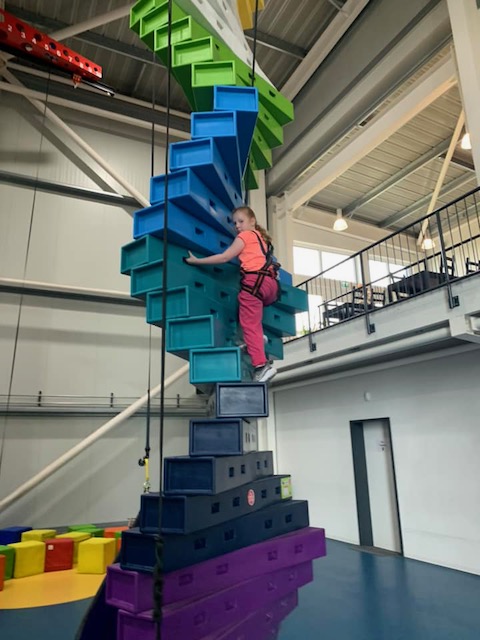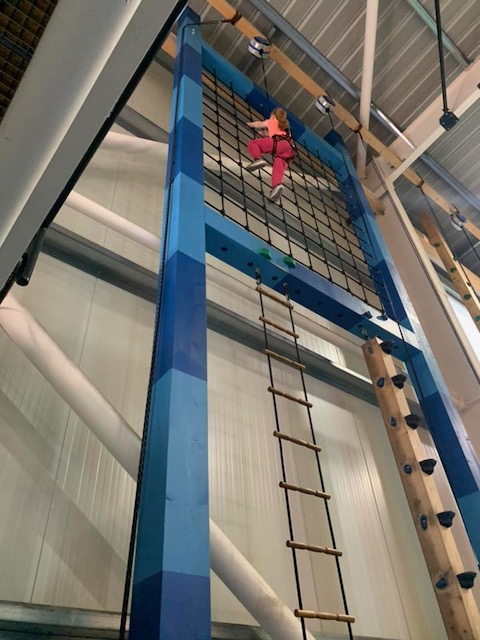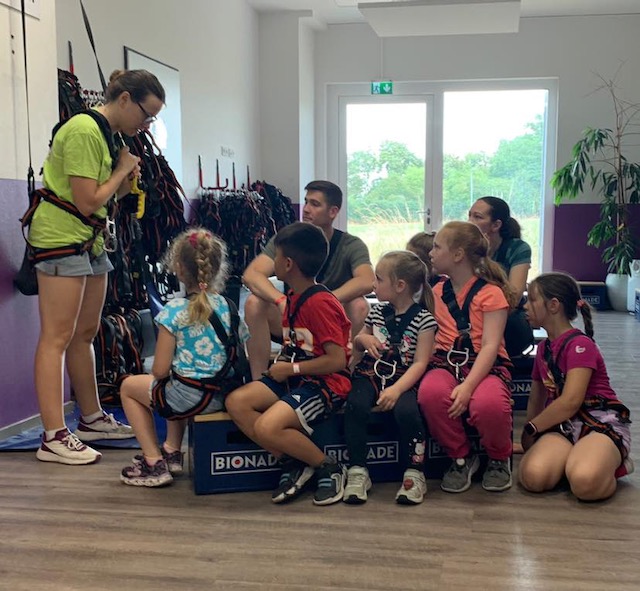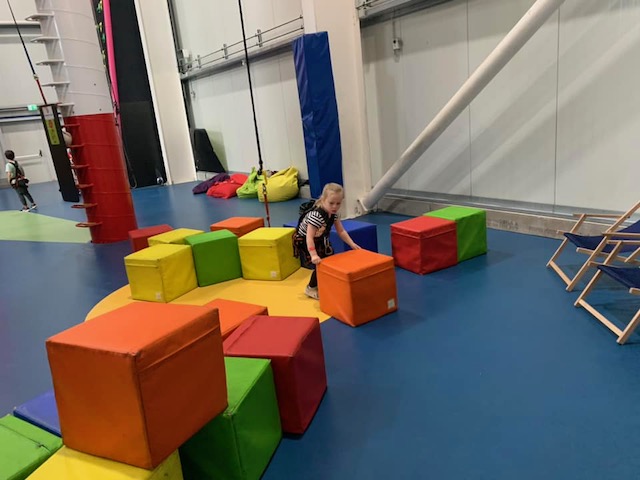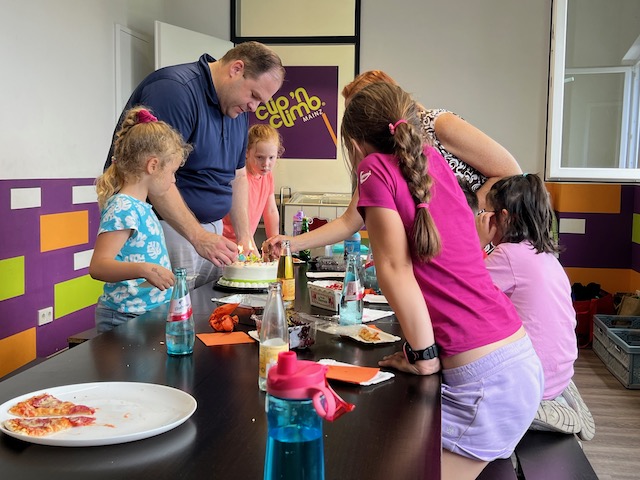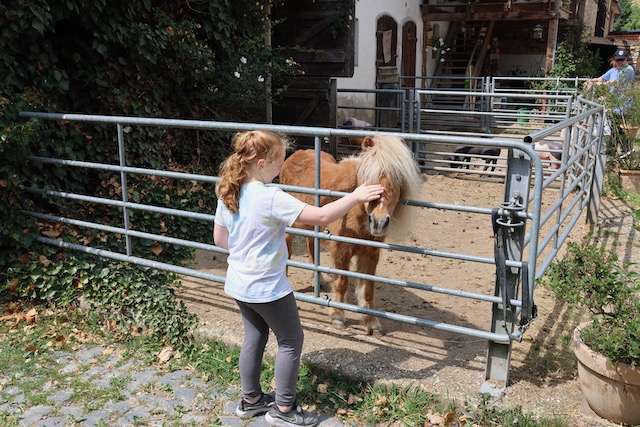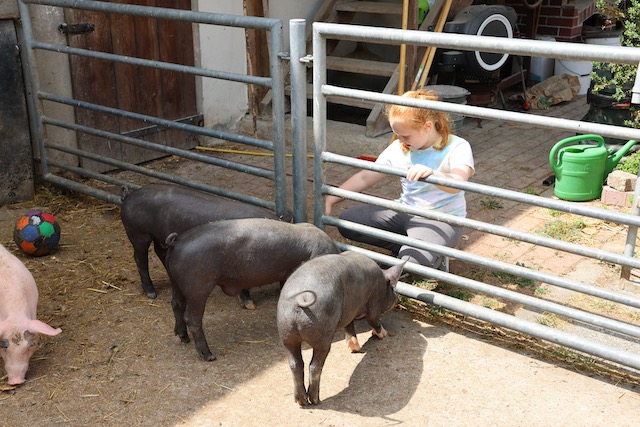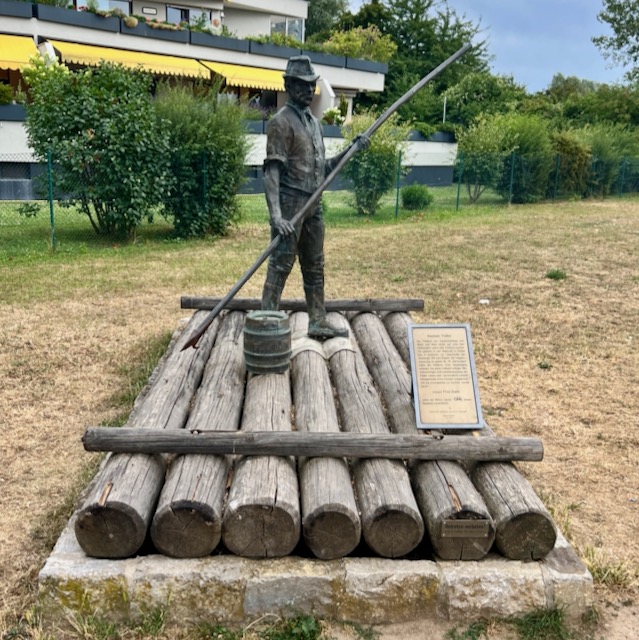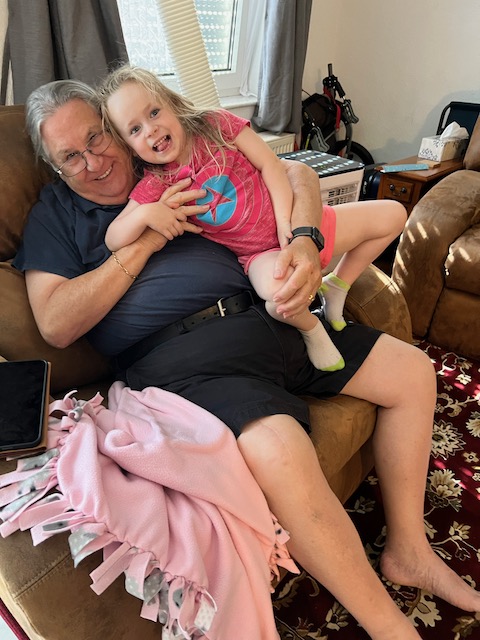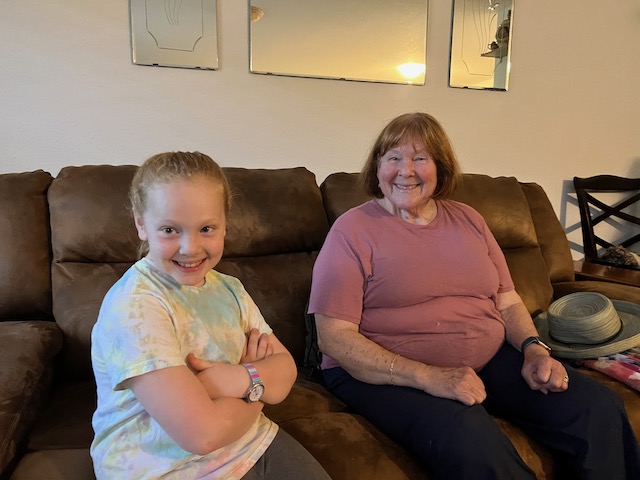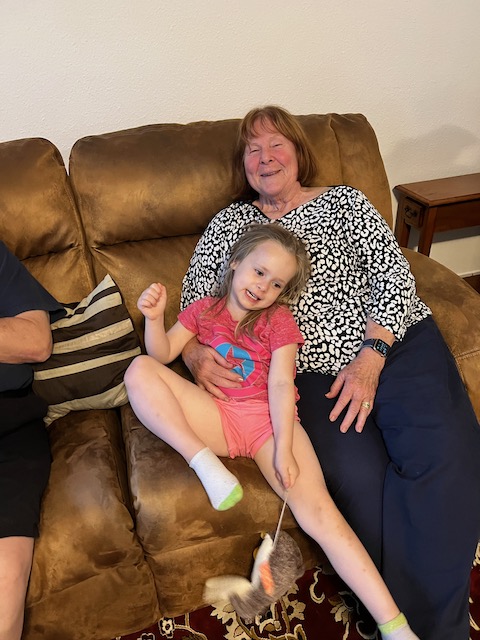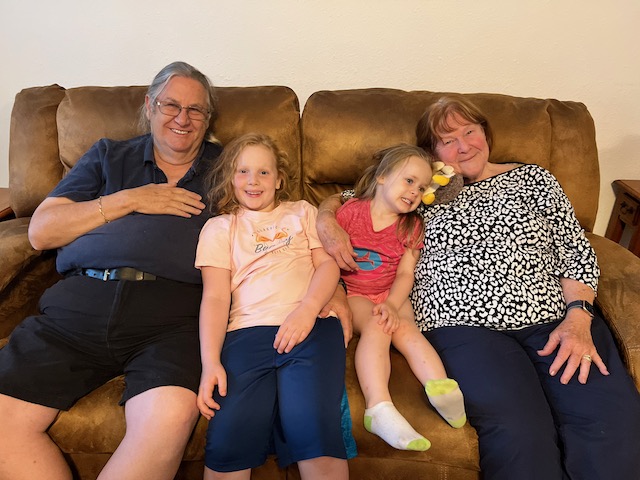It was in August of 1970 that Janeen and I were last in Victoria BC and visited the Butchart Gardens. All those years ago, we were very different people – married a year, no kids, living in Riverside CA and driving a Jeep pulling a home- built camping trailer on vacation to Seattle with a side trip via ferry to Victoria. At that time, I didn’t know what a GARDEN person Janeen would become or how critical it was to visit gardens when possible. So, as this Alaska Adventure had an opportunity to get to Butchart Gardens it was a no brainer to sign up.
Unfortunately, our ship docked late in the day so the actual excursion didn’t even start until about 6:30 in the evening making the trip a night time adventure. As part of the excursion, there was a tour of a Butterfly Gardens, which was the first stop.

Victoria Butterfly Gardens offers a unique opportunity to wander through a tropical environment to the beauty and wonder of various butterflies along with poison dart frogs, tortoises, iguanas, flamingos and several free flight birds. When we entered the building, there were glass cases with a variety of smaller butterflies and insects so you can get a up close view while they scurried along.
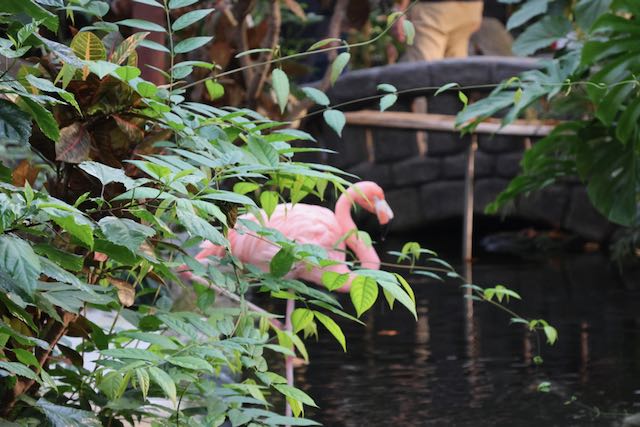
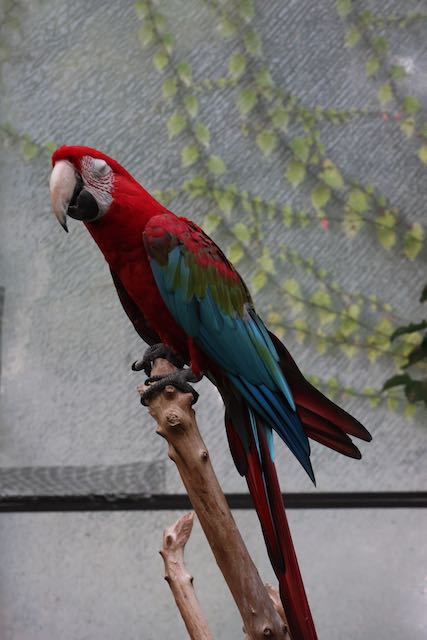
Going through the double doors into the tropical jungle brought us to the butterflies and other amazing things.
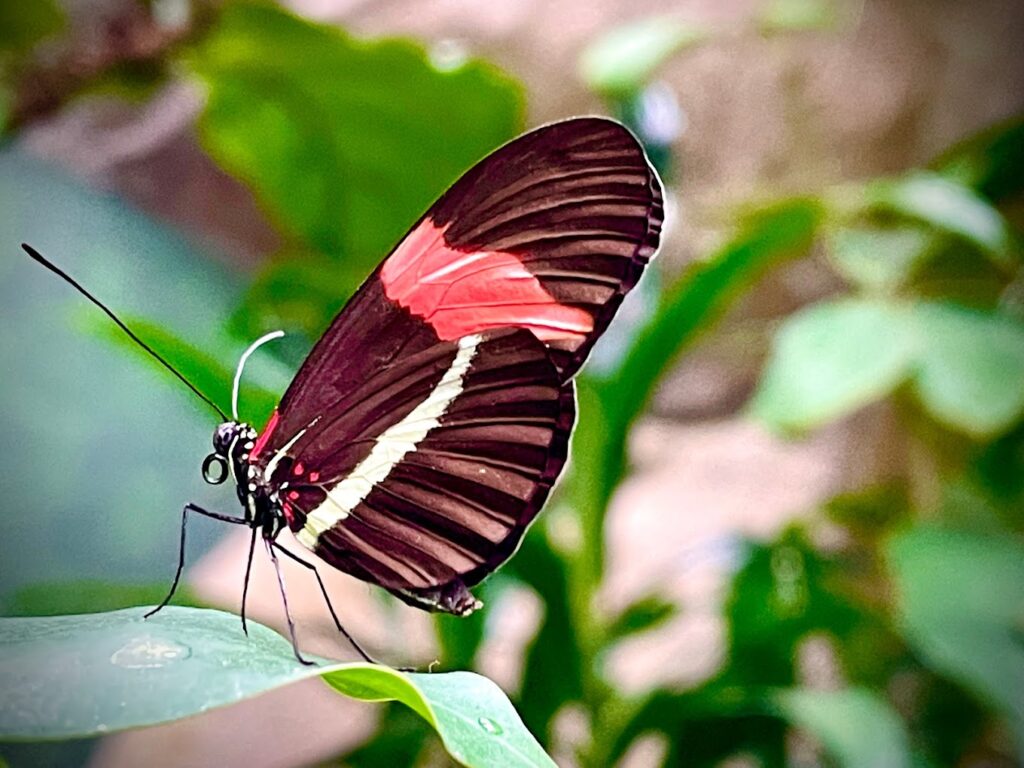
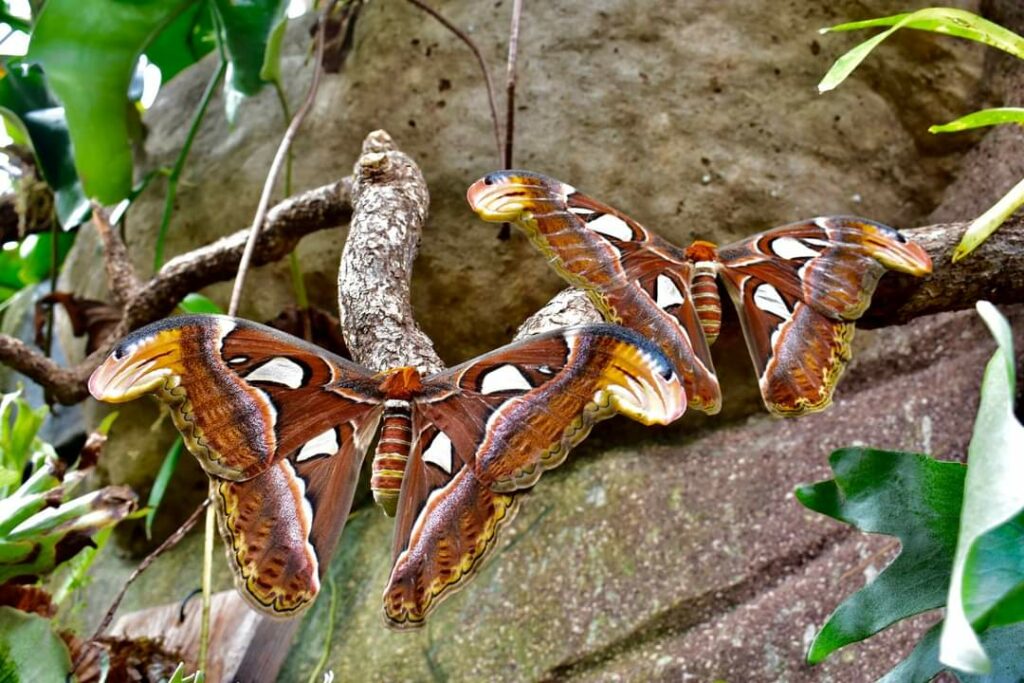
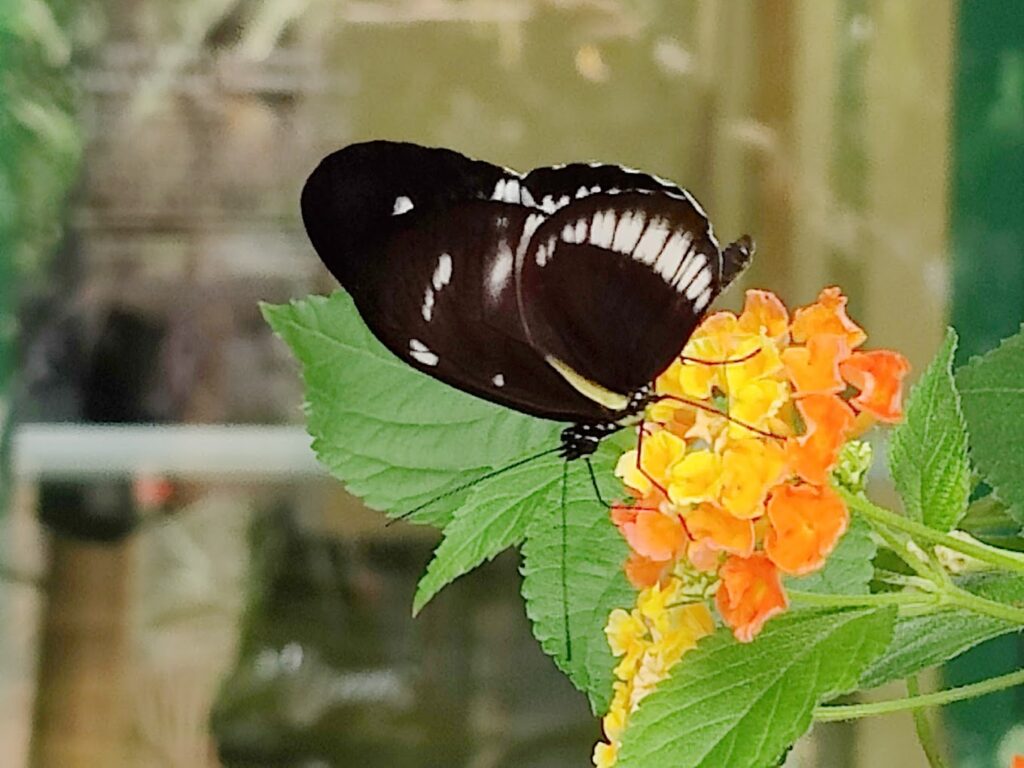
We have been in several butterfly habitats and this would range in the mid-size range but being located in Victoria made it very special.
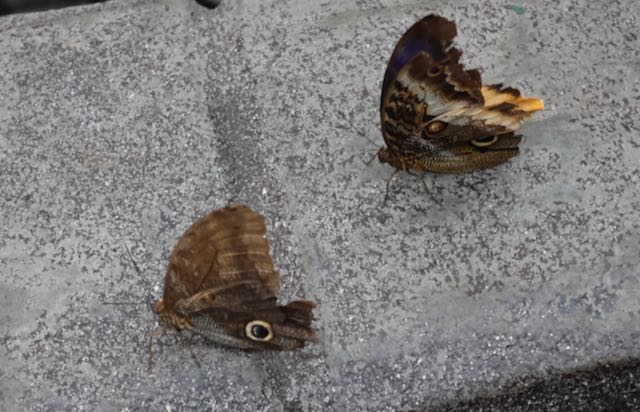
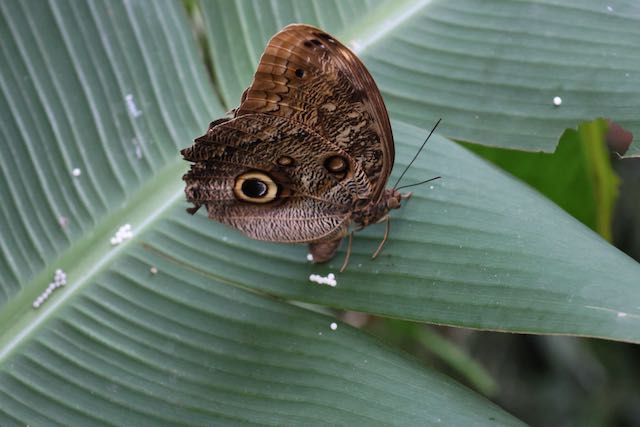
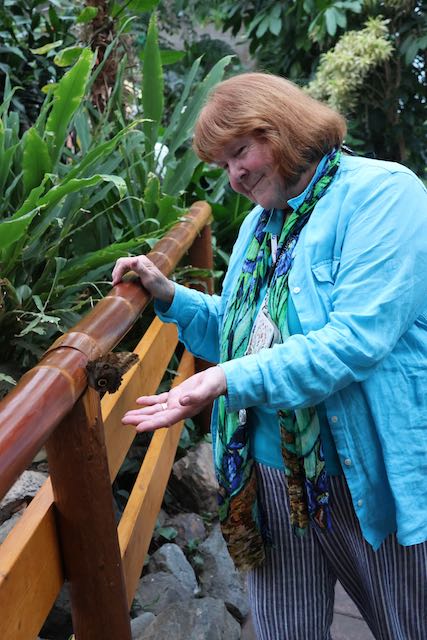
Butchart Gardens started its life as a limestone quarry. Robert Pim Butchart (1856–1943) began manufacturing Portland cement in 1888 near his birthplace of Owen Sound, Ontario, Canada. He and his wife Jennie Butchart (1866–1950) came to the west coast of Canada because of rich limestone deposits necessary for cement production. In 1904, they established their home near his quarry on Tod Inlet at the base of the Saanich Peninsula on Vancouver Island. It seems that for a number of years, Butchart had a virtual monopoly on the production of concert at a time when construction was moving quickly – and thus he had a few extra dollars lying around to allow his wife to be creative.

In 1907 Isaburo Kishida, a sixty-five-year-old garden designer from Yokohama, Japan, came to Victoria at the request of his son to build a tea garden for Esquimalt Gorge Park. This garden was wildly popular. Several prominent citizens, Jennie Butchart among them, commissioned Kishida to build Japanese gardens for their estates before Kishida returned to Japan in 1912. Thus started the transformation of the quarry to a world class park with multiple gardens.
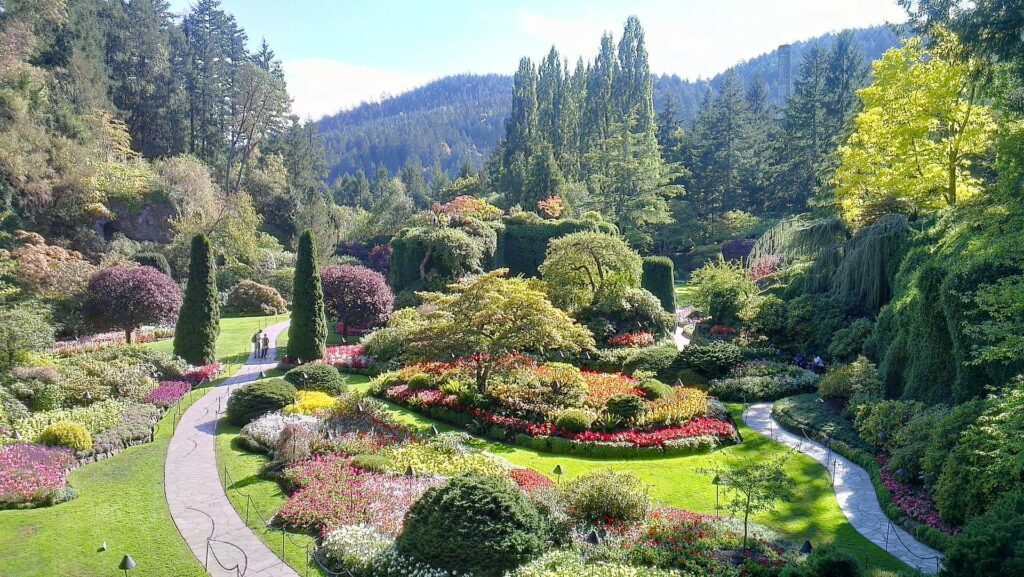
In 1909, when the limestone quarry was exhausted, Jennie set about turning it into the Sunken Garden, which was completed in 1921. They named their home “Benvenuto” (“welcome” in Italian), and began to receive visitors to their gardens. In 1926, they replaced their tennis courts with an Italian garden and in 1929 they replaced their kitchen vegetable garden with a large rose garden to the design of Butler Sturtevant of Seattle.

Janeen was delighted to find many Tom Carruth cultivated varieties (someone she knows from the Huntington Library in San Mario, CA and who is a world class rose breeder). In 1939, the Butchart’s gave the Gardens to their grandson Ian Ross (1918–1997) on his 21st birthday. Ross was involved in the operation and promotion of the gardens until his death 58 years later. Ownership of The Gardens remains within the Butchart family; the owner and managing director since 2001 is the Butcharts’ great-granddaughter Robin-Lee Clarke.
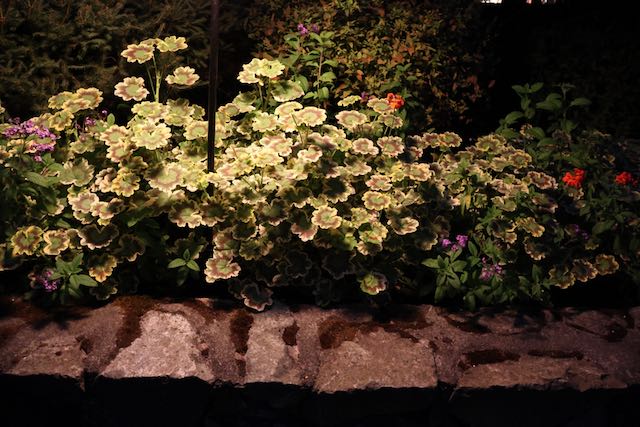
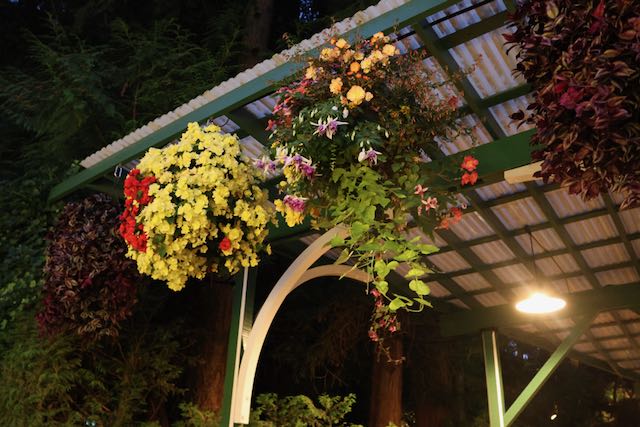
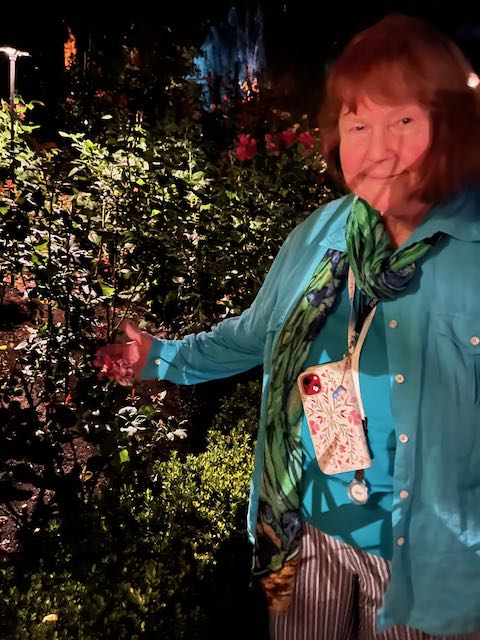
As we walked around, nightfall was complete and the wonderful views we were hoping for were not possible.
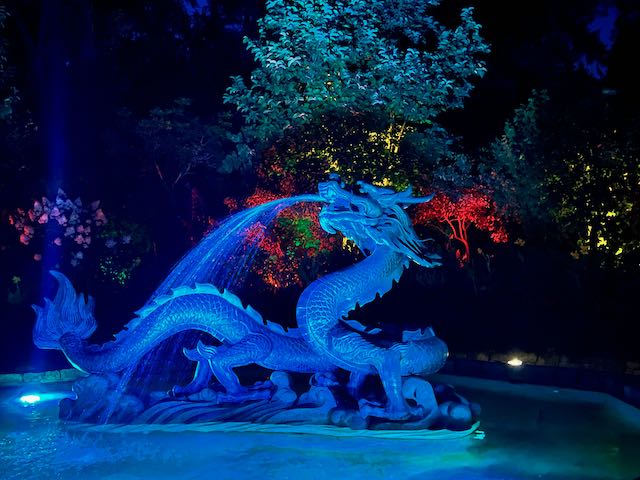

The Dragon Fountain
However, there was lots to see and plants flood lit along the way.
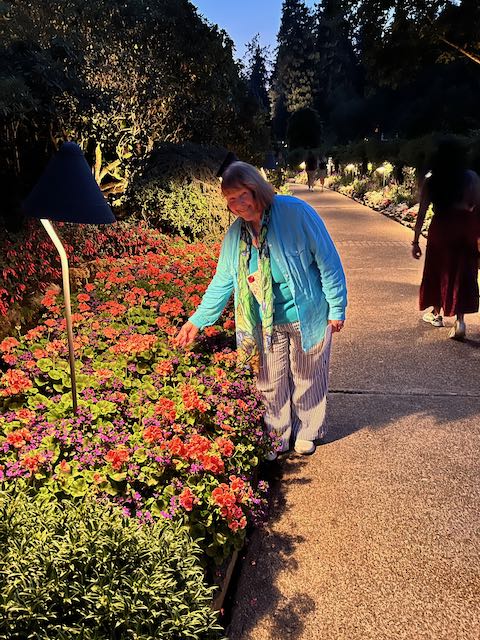

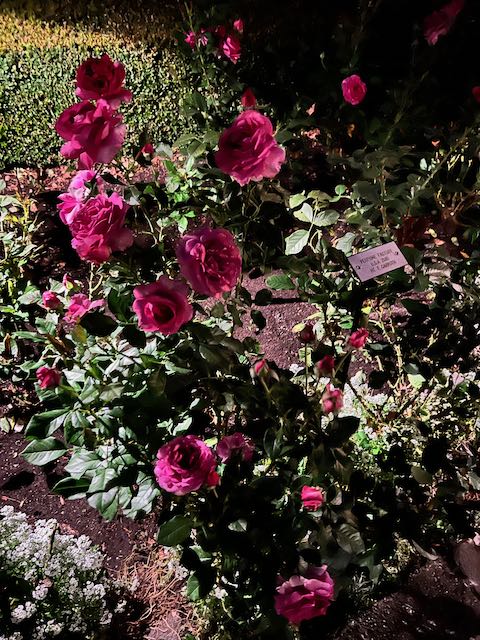
In addition, there was a concert going on so we had a lovely musical soundtrack for most of our journey.

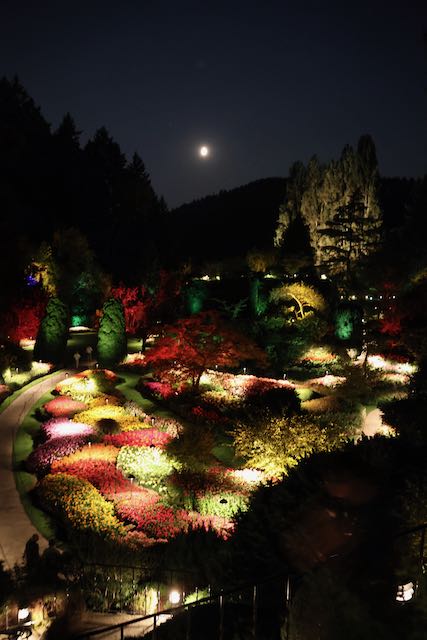
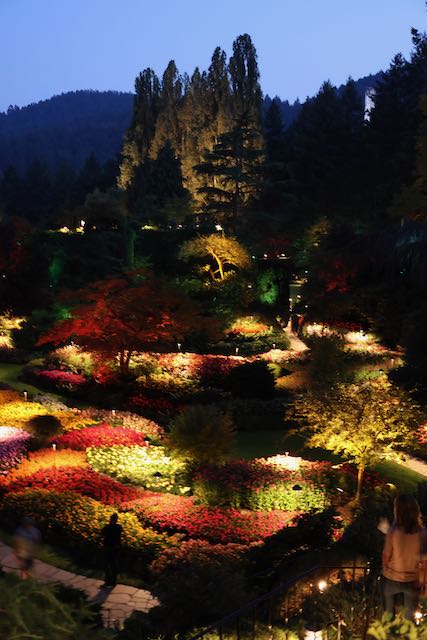
Pictures I took of the Sunken Garden – note the moon in the middle picture
A quick visit to the huge gift shop and back to our coach we went.
This was the final stop on our Alaska Cruise. Overall, our ports of call were more interesting than anything on board the ship. The ship was HUGE with over 4,000 passengers, shops, shows and other entertainment opportunities – none of which we took advantage of during our time at sea. Yes, we did have a couples massage and Janeen had a spa treatment or two but generally we aren’t big ship fans. Furthermore, we didn’t see any glacier so I’m not certain there are any left in Alaska! OK, I know they are but we didn’t get to take the Mendenhall Glacier – which was one of the main reasons for going to Alaska in the first place! So, another adventure for sure to this part of the world is on the list. Our next adventure is a Fall Color tour in New England later this month. More Blogs to come!
